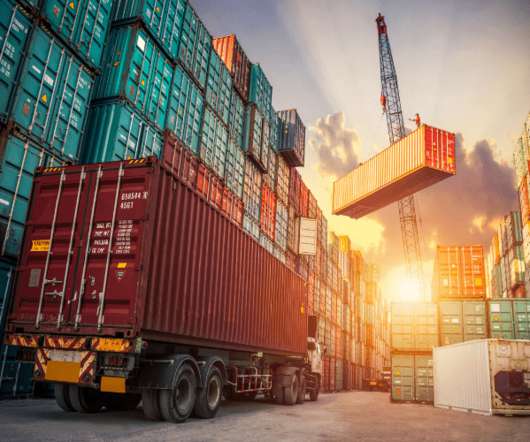Logistics Imperatives to Manage Uncertainty and Disruptions in 2022: Part 2
BlueYonder
NOVEMBER 11, 2021
This is Part 2 of a multi-part series addressing logistics imperatives necessary to manage uncertainly and disruptions heading into 2022. The entire world owes a huge debt to the drivers , warehouse associates and other essential logistics workers who kept supply chains moving during the worst months of the pandemic.















Let's personalize your content